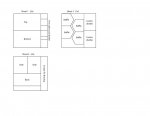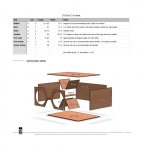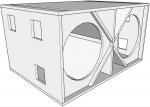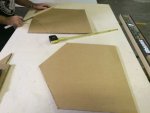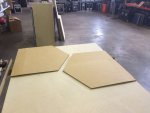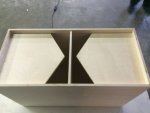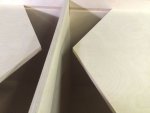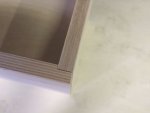On paper the 9000 and 9601 look similar. Same power, Fs, similar Qt, slightly different Vas but the Voice Coil construction is quite different and I suspect the 9601 will behave better when you drive them hard.
Have you compared them in any detail?
No hands on only theory
If split winding technology of 18sound does the same as B&Cs SW technology , then yes this driver might be something, dont know if there is a Voice Coil mag test already.
The 9601 also has demodulation ring like both SWs from B&C, but the 9601 is the most expensive driver between the three ( at least for me ).
Another argument for B&C is, that they seem to get it right with the first attempt
Overall the better the motor the more useful are standard ( not LEAP 5 ) simulation programs IMO.
Uwe

